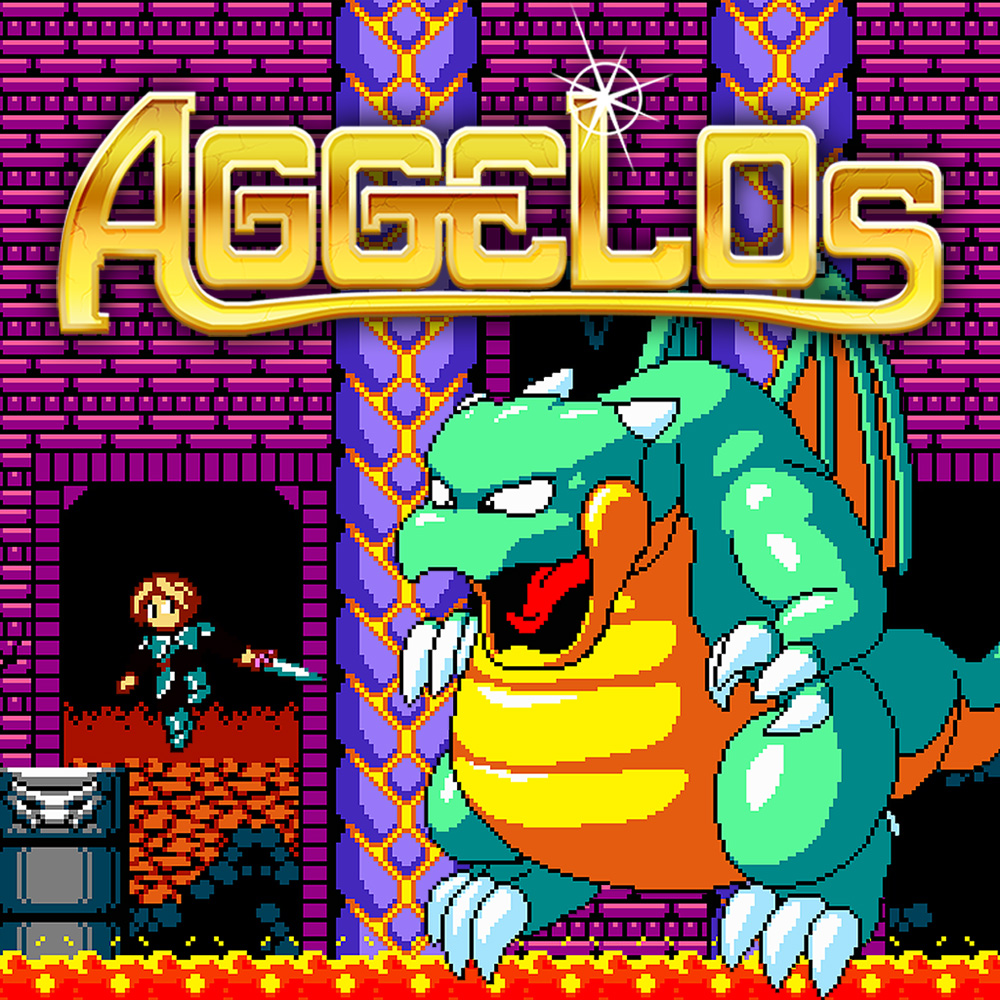A Plague Tale: Innocence Review
Game Details
Title: A Plague Tale: Innocence
Developer: Asobo Studio
Publisher: Focus Home Interactive
Website: http://aplaguetale.com/en
Genre: Action, Adventure
Platform: PS4
Audience: PEGI 18
Release Date: 14.05.19
Price: £44.99 – Rapid Reviews UK was very kindly provided with a review code for this title.
What the Developers say
Follow the grim tale of young Amicia and her little brother Hugo, in a heartrending journey through the darkest hours of history. Hunted by Inquisition soldiers and surrounded by unstoppable swarms of rats, Amicia and Hugo will come to know and trust each other. As they struggle to survive against overwhelming odds, they will fight to find purpose in this brutal, unforgiving world.
Introduction

Based in Bordeaux, France, Asobo Studio is somewhat of an unknown entity. While they assisted with the development of several movie tie-in games, such as WALL-E, Up and Toy Story 3, Asobo has yet to produce a critical hit that demonstrates their talents. In comes A Plague Tale: Innocence, a heart-breaking narrative that has become their standout title.
A Plague Tale is set in mid-1300s France, a time when the country found itself decimated by the Black Death and in the wake of religious, social and economic turmoil. Tackling such a devasting episode of history is no easy task; the plague is estimated to have killed more than a third of Europe’s population and resulted in the persecution and extermination of many minority groups. A Plague Tale addresses these threads through the story of a young girl, Amicia, and her younger brother, Hugo.

Playing as Amicia through a third person, stealth-action perspective, the game opens with the Inquisition searching for Hugo, forcing you to escape from your family home and experience the plague’s devasting impact. Hugo has spent his entire childhood indoors, having little to no interaction with Amicia due to an unknown illness. This sets up an interesting dynamic between Amicia and Hugo, as they develop what is essentially a new relationship while attempting to escape the Inquisition. The bond that emerges between the two stands out against the chaos and horror of their environment, and allows the developers to create an emotional tale of family and loss that stayed with me long after the credits had rolled.
Gameplay

For the majority of your adventure, Hugo is at your side, holding your hand through a myriad of dangerous encounters. These are primarily composed of stealth sections where your main objective is to sneak past Inquisition guards unscathed. Once spotted, it can be difficult to escape your foes and Amicia is taken down swiftly. Your only weapon is a slingshot which can be used to stun enemies, knock off armour pieces or, once upgraded, even kill. Alternatively, you can throw rocks to distract enemies and sneak by them.
The D-pad can be used to issue orders to Hugo (and other companions), telling him to stay or follow. Leaving him unattended can result in him panicking, alerting nearby guards to your presence. As the story progresses, you meet several companions who join your journey, offering different supportive abilities such as picking locks to open chests or silently taking down guards. While encounters in the early hours of the game can feel repetitive, the introduction of these new characters helps to break the monotony later on.

Unfortunately (or rather fortunately for Amicia’s sake), the human enemies complete lack of intelligence results in them often not hearing cries from their fallen comrades, even when they die ten feet away. Similarly, the stealth mechanics can often feel futile because of how easy it is to outwit the Inquisition. When you are not sneaking past guards with ease, you will have to outsmart the plague-infested rodents that litter the world. The sight and sound of these scurrying rats is unsettling throughout, and their sheer number creates an incredibly uncomfortable atmosphere.
Fire is most certainly your best friend when it comes to these creatures, and lighting braziers or using fire projectiles can help to fend them off. Pushing them back with a torch, knowing that it may run out at any second, is a terrifying experience and the developers have not held back when it comes to characters being consumed by the rats.
Out of combat, there are some light puzzle sections to complete. This tends to involve moving crates to reach higher points, sending a companion forward to navigate an area or unlocking a door. Navigating the rodents is somewhat of a puzzle in itself, as you need to think carefully about how to use fire or other sources of light to create a path. The puzzles are never too challenging to solve and suited the pace of the story nicely. Taking 10-15 minutes to contemplate how to proceed, while hundreds of rats circle you, just wouldn’t have felt right.

Throughout the world, Amicia can collect a range of materials to upgrade her equipment. Her sling can be improved so that a headshot on enemies without a helmet results in a kill rather than merely stunning them. You are also able to upgrade your ammunition bag and pockets to hold more materials. By interacting with companions, Amicia develops her skills in alchemy, allowing her to combine materials and create a range of items and projectiles. This includes the ability to extinguish a fire, allowing rats to converge on an Inquisition guard. There are often different ways to approach an encounter, and these newly acquired techniques add some much-needed depth to the gameplay mechanics.
A low point in the gameplay is the boss encounters, all of which were incredibly dull and uninspired. Each consists of the same loop of actions for three cycles until the enemy is defeated, and I found myself losing interest during these moments. These sequences felt shoehorned into the gameplay, and I couldn’t help but think they would have been more effective played out in a cutscene. Given the story-driven focus of the game, this could have kept the focus solely on the telling of an exciting and compelling narrative.
Audio & Visuals
I experienced A Plague Tale in both French and English and found the voice acting to be delivered to a very high standard. It adds incredible weight to Amicia and Hugo’s situation, and I found myself genuinely engaged in their developing relationships with each other and the world around them. String instruments and acoustic guitars create a fitting and memorable soundtrack that compliments the medieval environment exceptionally well.

Moments of desperation are created through frantic playing, while a crescendo of screeching violins builds to a wincing outcome. Hordes of rats scurrying around and engulfing humans whole is both visually and audibly horrifying. Squealing, clawing and scratching noises greet you from the opening menu and are used to signal danger throughout the world. I’ve come to appreciate that every game is better with a reliable pair of headphones but would make a particular case for their use in A Plague Tale: Innocence. The soundtrack and voice acting are top notch and helps the game to stand out against other story-driven titles.
In addition to its well-crafted score, A Plague Tale is also visually stunning. Environments are varied, and you’ll gain a new appreciation of the plague’s devasting impact on medieval society. Bleak, dilapidated monasteries run into the narrow, desolate streets of deserted towns, where stalls contain rotten fruit and civilians remain in their homes through fear. The sense of death and despair throughout the world is encapsulated in the actions of NPCs, with villagers turning against one another in a desperate attempt to survive the pandemic. Locations are both beautiful and haunting, and Asobo has managed to communicate much of the plague’s impact through visuals alone. Overall, the level of the atmosphere created through A Plague Tale’s music, voice acting and the well-detailed world is excellent.
Replayability

In your downtime, when Amicia isn’t being attacked or chased, you can gather collectables located throughout the world. These include ‘Curiosities’ – items that provide information and lore on the world and time period. Gifts can also be found for your companions and flowers can be gathered, as Hugo is somewhat of a keen botanist. The ability to use chapter select allows you to go back and collect any missed collectables. A minor annoyance was the specific placing of some of these collectables and upgrade materials.
Finding these during emotional and thought-provoking scenes often felt at odds with the story. While the addition of collectables and materials does have its benefit in this title, I would have just preferred Asobo to have been more considerate with their location. Outside of this, however, there is not much in terms of replayability. Due to the heavy focus on telling an emotional story, once you’ve seen the credits roll, there’s not much of an incentive to return.
Conclusion

Despite some minor shortcomings, A Plague Tale: Innocence tells an incredibly thought-provoking and impactful story. The performance from both Hugo and Amicia is excellent, and witnessing their relationship develop over the 10-12 hours it took to complete was a huge highlight. The stealth encounters may feel a bit simple, and the boss battles a complete letdown, but don’t let that turn you off. Asobo has created a meaningful narrative amongst one of the darkest times in human history, and I hope this title gets the recognition it deserves. A Plague Tale: Innocence is a journey worth taking, and I can’t recommend it enough.
Rapid Reviews UK Rating

You can purchase A Plague Tale: Innocence from the PlayStation Store on the following link, https://store.playstation.com/en-gb/product/EP4133-CUSA10812_00-APLAGUETALEGAME0




